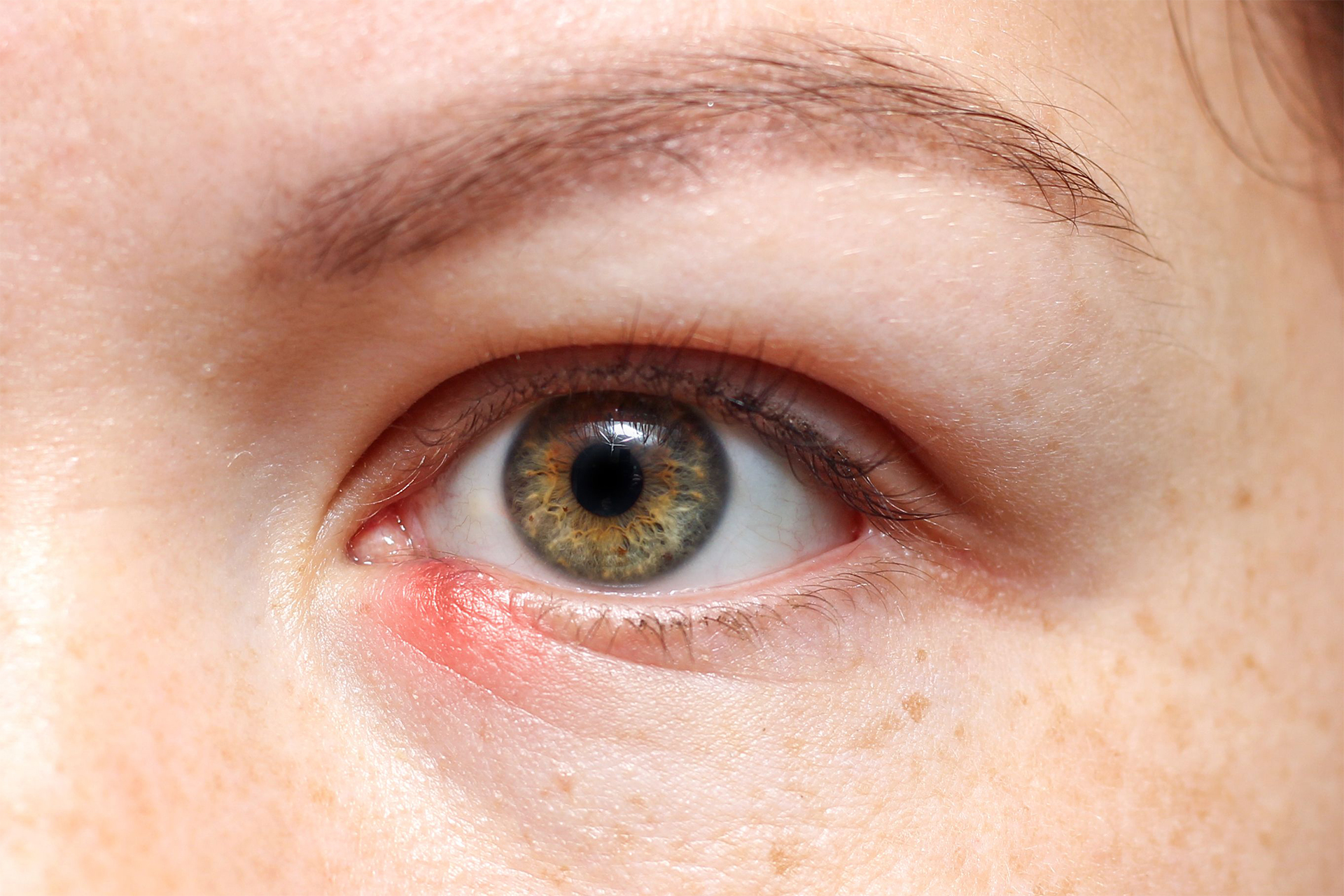Categories
Styes hurt. Your eyelids are exquisitely sensitive. And that’s usually a good thing because it’s super helpful to have a hair trigger when it comes to closing the gates on your eye. That sensitivity, however, means that a very mild eyelid disorder — like a stye — can cause immense pain. So when people get a stye, their first question is, “how do I get rid of it?” Once it’s gone, the question becomes, “how do I avoid getting a stye ever again?”
What Causes A Stye?
Your eyelid has a lot of tiny little openings on the internal surface (the part that glides over your eye), the margin (where your eyelashes are), and the external surface (the skin). Those openings are all outlets for the tiny little glands underneath. There are different types of glands and they produce either tears or oil or sweat. When one of those little openings to the surface gets clogged, the gland keeps trying to produce its product. Only now, the oil (for example) gets backed up and causes pressure and inflammation.
With a stye, there’s usually an infection involved as well — most commonly a staph infection. Staph infections are common because staph (more specifically staphylococcus aureus) is common. But in this case, the infection is almost incidental. If you have a bacterial infection, then antibiotics usually necessary to end it or at least abbreviate it. That’s not often the case with a stye. Since the issue is more about the clog and the commensurate inflammation, antibiotics aren’t as necessary as “unclogging” is.
How Can You Get Rid Of A Stye?
There’s no microscopic equivalent of Drano for these glands, so we can’t unclog it like we would a shower drain. The answer in this case is heat. Hot compresses (hot enough to feel hot, but not burn you) applied for 10 minutes at a time, several times a day, are usually enough to fix the clog and release the pressure. When the pressure goes, the inflammation goes. And the opportunistic infection has lost its opportunity and can no longer infect. In these cases, antibiotics aren’t helpful. The inflammation remains as long as the clog does.
There are steps you can take to avoid getting a stye. This usually applies to people who would be prone to get one. If your lids are chronically a little red and a little inflamed, then the chances of a clog are dramatically higher. Hot compresses have value in these cases as a prevention rather than just as a treatment. And while you’re at it, adding a couple thousand milligrams of omega-3 oils per day is super helpful for reducing inflammation of the lids and the oils being produced by your lids. As always, it’s best to check with your doctor on the dosage of a new supplement if you don’t already have familiarity with it.
